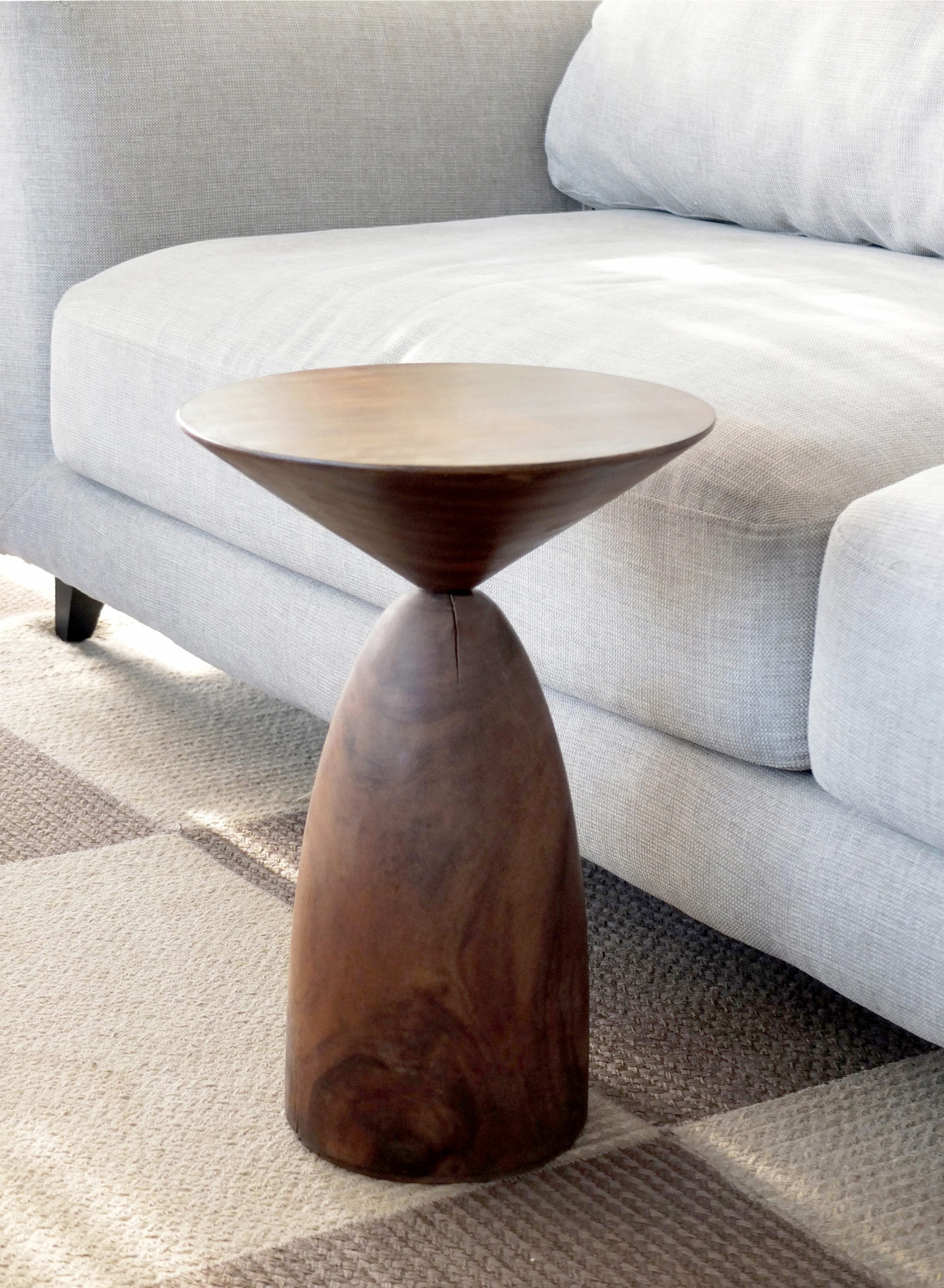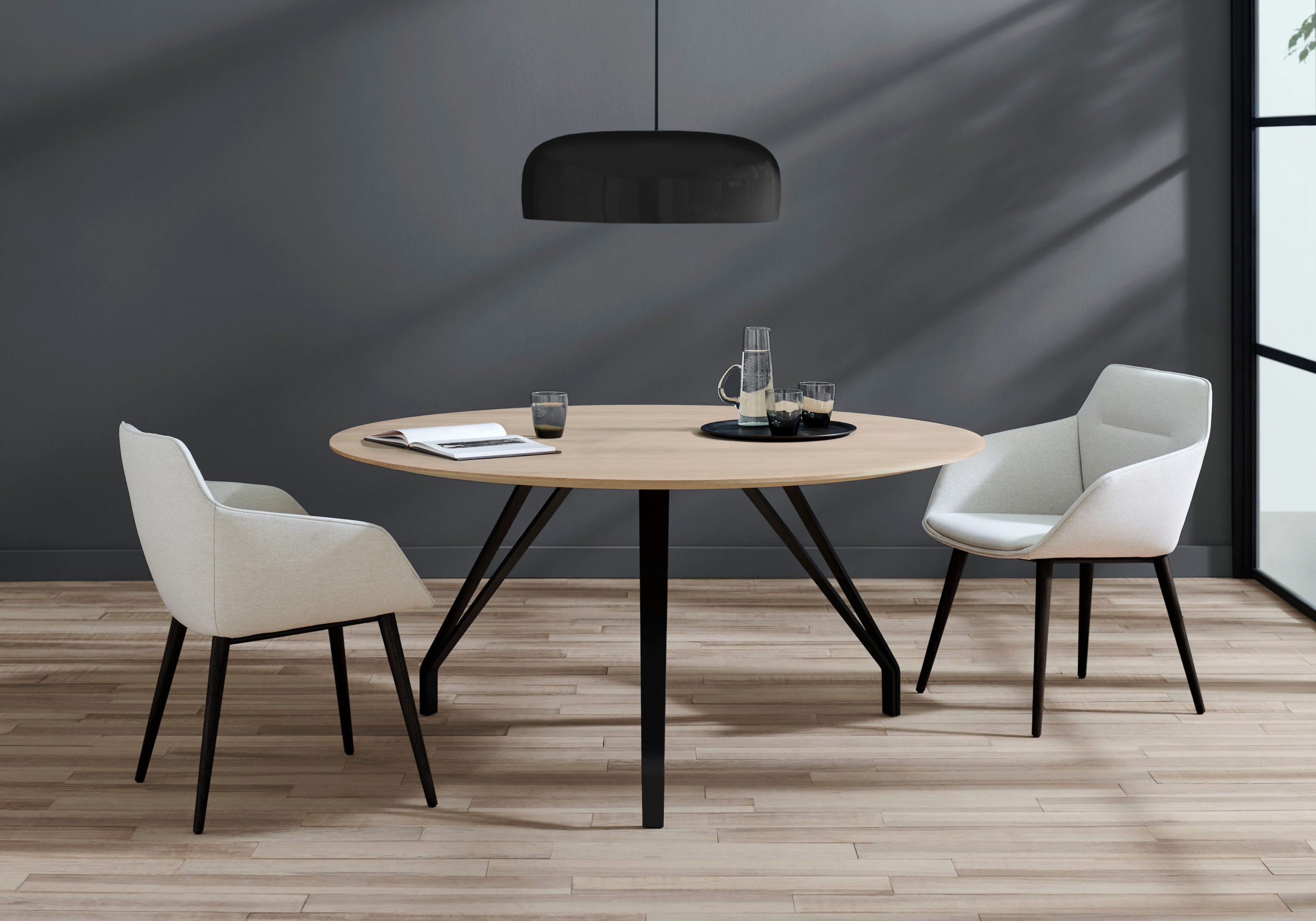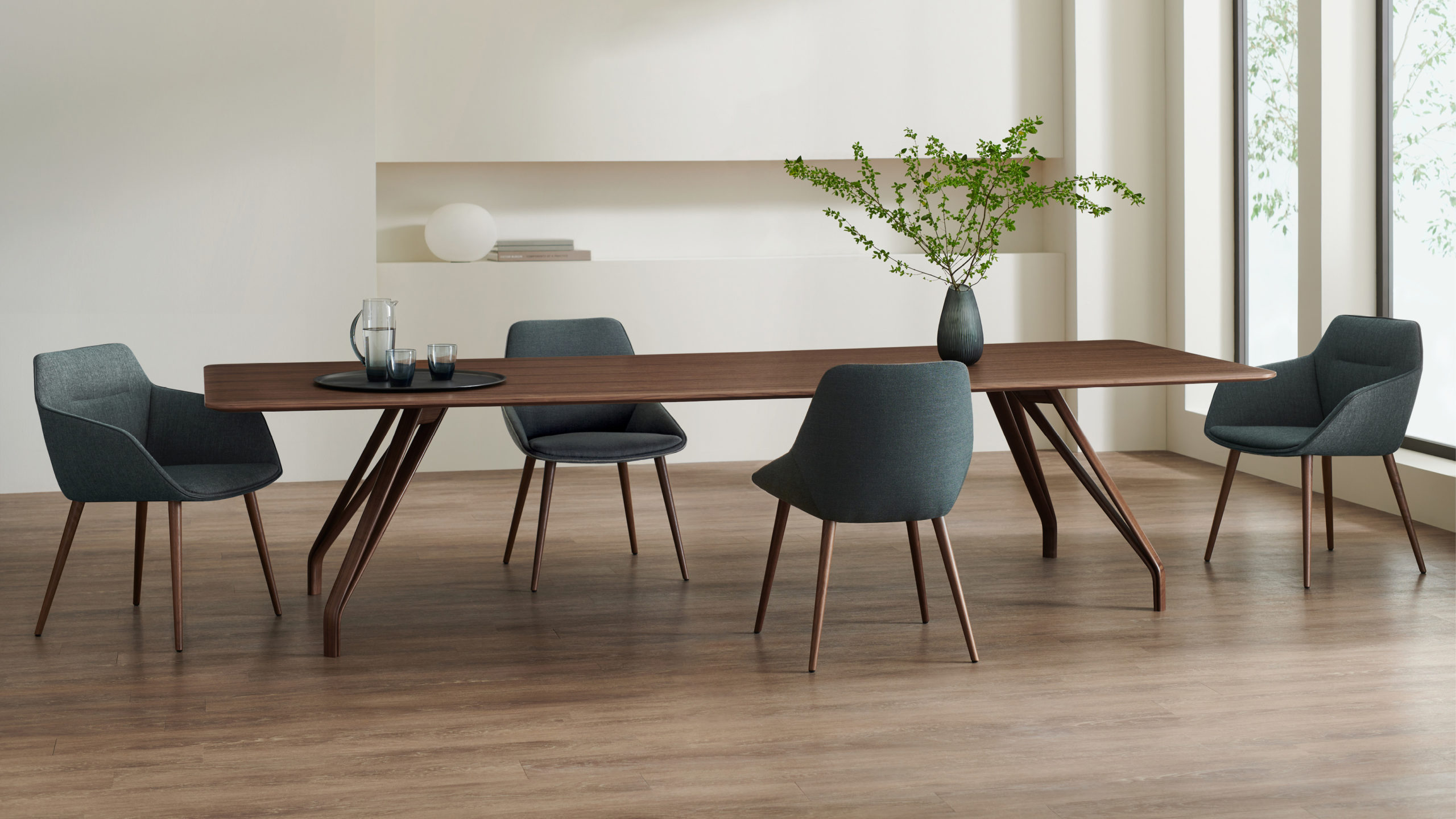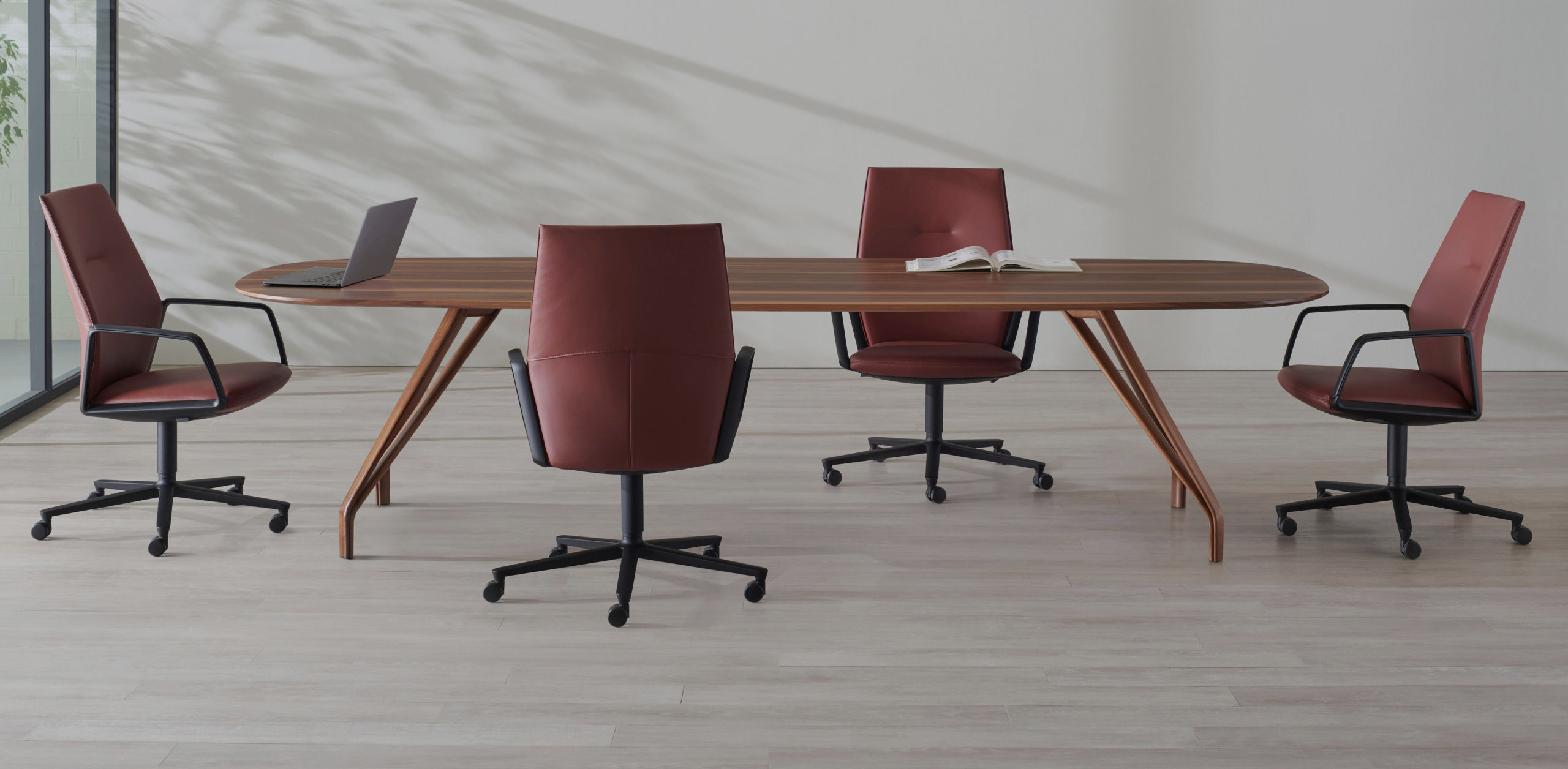The countdown to A+Product Awards winners' announcement has begun! Stay updated by subscribing to Architizer's A+Product Awards Newsletter.
The digitalization of production was — and continues to be — revolutionary. Manufacturers have adopted digital processes from the initial design stage to the final shipping of products. Each method has been developed and perfected to increase efficiency, reduce waste and keep up with the ever-changing market trends. Greater efficiency translates to the consumer as easily accessible and lower cost. While we often sacrifice authentic craftsmanship for expediency, choosing convenience and cost above all else, we are still capable of recognizing and celebrating the value of expert construction and mastery of design.
Yet, we seem to be experiencing the crest of a moment for craftsmanship. From furniture design to the fashion industry to the food and drink we consume, products are celebrating their handcrafted, artisan origins. The resurgence of craftsmanship has been slow and steady, catalyzed by a rejection of mass production and disposability.

Reprise Chair by L.Ercolani. With its Scandinavian simplicity, this A+Product Winner (in the Residential Seating category) has a minimalistic design that takes a modern spin on the classic Windsor. The result of beautiful, inspired craftsmanship blending Danish and British aesthetic ideals and traditions.
While traditional craftsmanship may have entered the spotlight of late, its influence on design has always been present, albeit more quietly. Eames, Ercol, Hansen and Knoll are all names coveted across the design landscape. Many of their pieces are valued as being exceptional in design and function. While many of the products they manufacture today are supported by digital processes, they are all names synonymous with outstanding craftsmanship, with their influence typically coming from traditional craftsmen’s techniques.
Being an expert artisan isn’t something that simply transpires. It requires a great deal of time, patience, and effort. Becoming a true artisan demands a commitment to the continuous development of your craft. Traditionally, craftspeople developed their skills through apprenticeship to those masters of the craft who came before them. However, the reduced demand for bespoke, handmade objects that came before saw a dramatic loss in this peer-to-peer exchange of knowledge and skills.

Koroi Side Table by MAJA. Produced by master craftsmen in Bangladesh, A+Product Winner (in the Residential Furniture category) MAJA has created the stunning Koroi side table. Handcrafted from solid wood with contrasting profiles, the table epitomizes both elegance and strength.
It is important to understand the significance this loss of skill could have had around the world had it not been for the fairly recent rebirth of artisanal expertise. Craftsmanship is not solely about the production of unique products and produce; it preserves ancestral heritage.
From Scotland to Papa New Guinea, each continent, country, city, town and village has its own heritage that has been passed down through stories and skills. In this way, cultures and their history are retained and understood. Much like a language, when a craft dies out, so too does its history. People stop asking, why do we make rugs this way? Why are our teapots that shape? Why do our houses have roofs with such a pitch? Over time the reasoning is lost along with the skills used to make them that were once so prevalent. Cultures slowly lose their uniqueness and their heritage. They lose what makes them unique.
Without craftsmanship, what we also lose is knowledge of materials, processes and/or ingredients. Craftspeople develop a profound understanding of the materials they use in their vocation, learning the subtle nuances inside and out. For example, a furniture maker will know the exact tensile strength of the wood they are bending; a brewer will know the perfect temperature to achieve the taste and consistency they want. This knowledge is invaluable for innovation. In understanding the limits and ability of source materials, innovators can discover new ways to push these limits or achieve different results. This is how we, as a society, make progress and discoveries.


Brace by Davis Furniture. This A+Product Award Winner (in the Contract Furniture cateogory) seamlessly blends the technological precision of modern design with a celebration of solid wood’s unique, natural characteristics. A beautiful piece that embraces the adaptability needed for the modern-day within its simplistic and elegant form.
That’s not to say that modernizing, digitalizing and increasing efficiency will ruin the world, halt progress and leave us with no history; currently, it is not. In the days of the internet, almost everything has been recorded in one way or another. In most cases, digitalization is incredibly helpful and has a significant impact on reducing waste. However, by recognizing the importance of craftsmanship, the merit of apprenticeship and the value of heritage, we nurture a more profound understanding of why we should support artisans and their crafts, perhaps even learning a new skill ourselves to be passed on the future generations and keep craft alive.
The countdown to A+Product Awards winners' announcement has begun! Stay updated by subscribing to Architizer's A+Product Awards Newsletter.




